
Aprender es modificar o adquirir nuevas habilidades, destrezas, conocimientos, conductas y valores mediante la experimentación, el estudio, la observación, el razonamiento o la instrucción. Múltiples y variados juegos disponibles hoy en día, desde los más clásicos hasta los más innovadores, pueden ser grandes herramientas para construir una variedad de aprendizajes: lectoescritura, matemáticas, razonamiento y resolución de problemas, etc. aportando motivación e interés a los jugadores. Más allá de la estimulación de las inteligencias múltiples, fomentaremos la autoestima, incentivaremos la cooperación y el trabajo en equipo y mejoraremos el comportamiento y la actitud, entre otros muchos aspectos.
 Auditory Memory Caterpillar
29,90 € (VAT not included)
Auditory Memory Caterpillar
29,90 € (VAT not included)
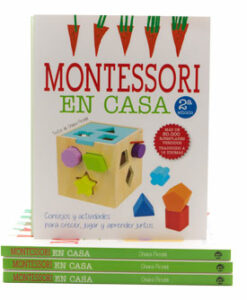 Montessori at home - a practical guide
12,78 € (VAT not included)
Montessori at home - a practical guide
12,78 € (VAT not included)
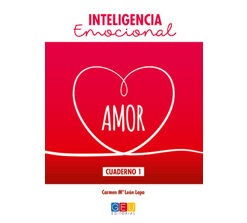 Inteligencia emocional - amor
8,25 € (VAT not included)
Inteligencia emocional - amor
8,25 € (VAT not included)
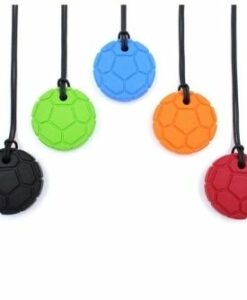 Footbal teething necklace
14,50 € (VAT not included)
Footbal teething necklace
14,50 € (VAT not included)
 Fidget - infinite
Sold out (VAT not included)
Fidget - infinite
Sold out (VAT not included)
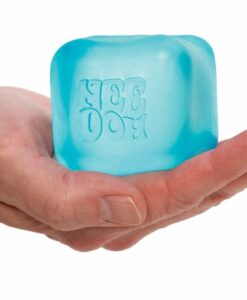 Anti-stress ice cube - Needoh
6,60 € (VAT not included)
Anti-stress ice cube - Needoh
6,60 € (VAT not included)
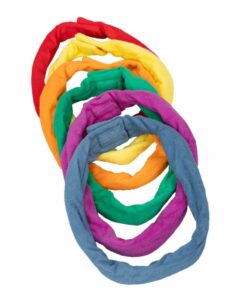 Chew Bands
Sold out (VAT not included)
Chew Bands
Sold out (VAT not included)
Showing 37–72 of 694 resultsSorted by latest
No account yet?
Create an AccountA set of 14 shiny numbers from 0 to 9 made of 3 mm. thick translucent colored acrylic. The set includes two number styles of 4 and 7, plus extra 1 and 0. This material is ideal for use on the light panel to learn numbers. The numbers have a small 2.5 mm hole at the top so they can be hung in the window or outdoors to create fascinating shades of colored glitter.
Supports the following learning areas:Basic Verbs, Second Edition, is an illustrated material consisting of 48 professionally photographed cards, which has been completely updated to illustrate frequently used verbs. Each card can be selected to be used independently or grouped with others to encourage discussion and consideration of the topic depicted and to accompany it verbally. Ideal material for evoking vocabulary, creating varied sentence structures, initiating or developing a story or description, etc. And not only at the oral language level but can be used to support written language or writing.
The cards in this best-selling, large-size resource are valuable for individual and group work, and speech and language therapists, among other professionals, can use them in a variety of settings. The enclosed brochure details the contents of the set and includes suggested ways to use the cards.
Examples of the cards include: the baby is crying; the girl is dancing; the children are laughing; the man is sleeping on the couch; and, the woman is dressing the child.
Now translated into 8 languages: German; French; Swedish; Dutch; Spanish; Italian; Portuguese; German; and Japanese.
https://logopedicum.com/wp-content/uploads/2022/09/verbos-basicos-247x300.jpg 40.82 instock Areas of DevelopmentHearing and languageLANGUAGELEARNINGSMorphology and syntaxReading and writingReading and writing 0 0.00 0 https://logopedicum.com/wp-content/uploads/2022/09/verbos-basicos-247x300.jpg 2165421708217202142321693 40.82 39.25 0.00 0.00 2022-09-30T10:22:35+02:00